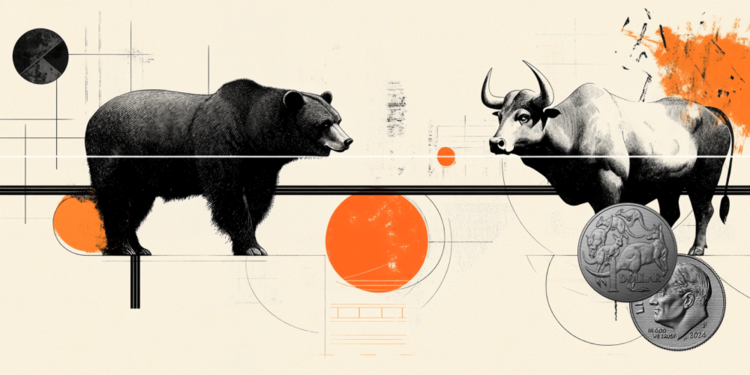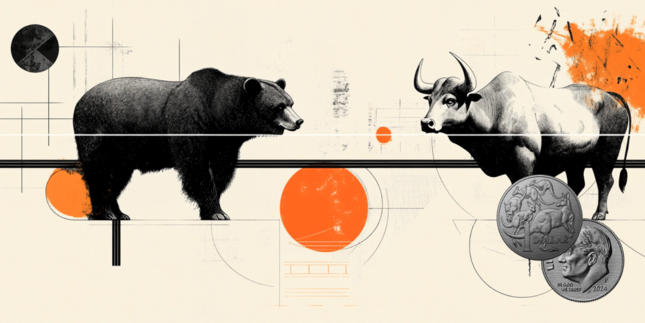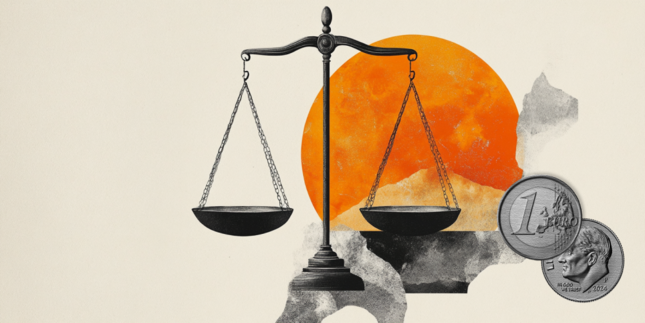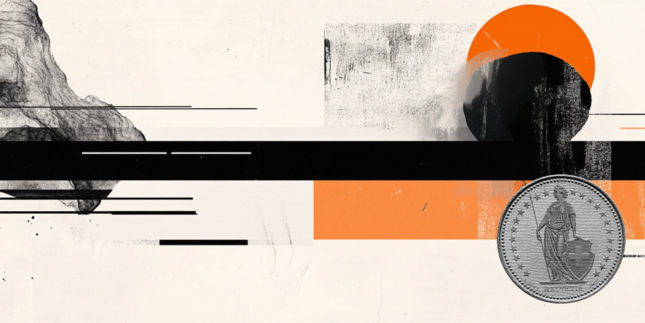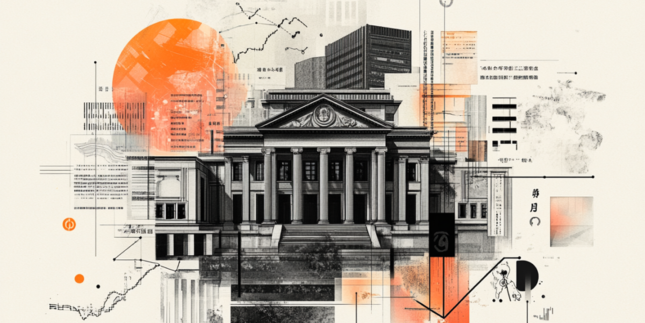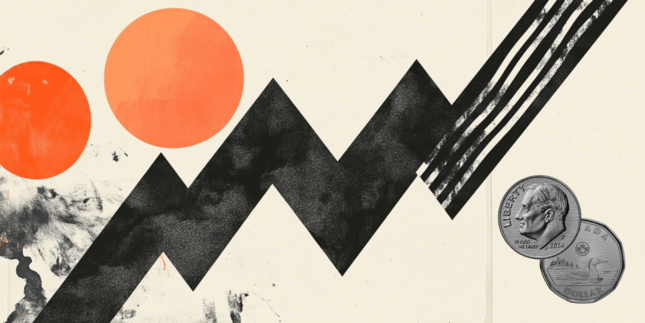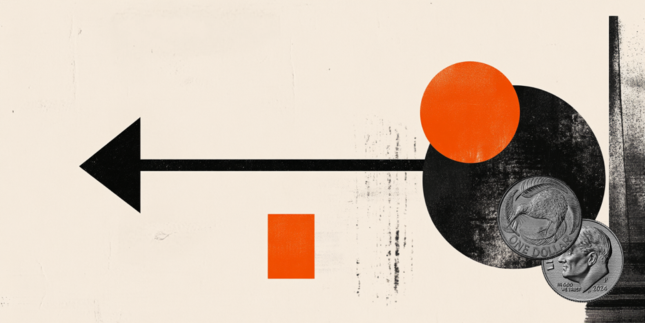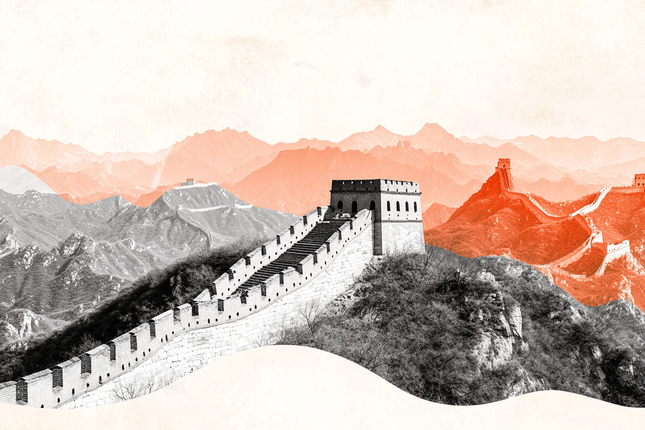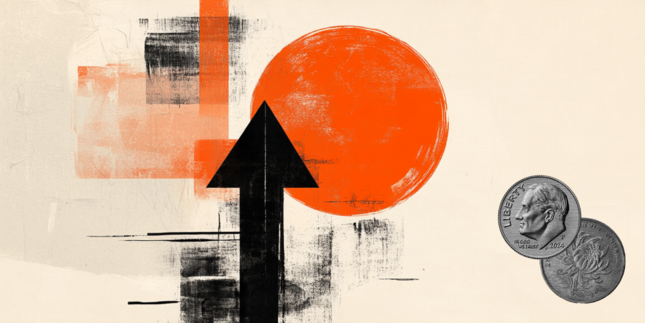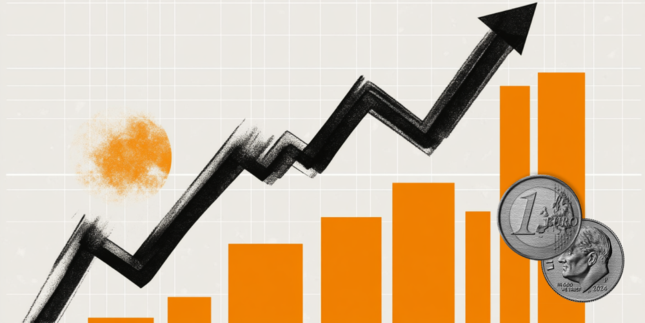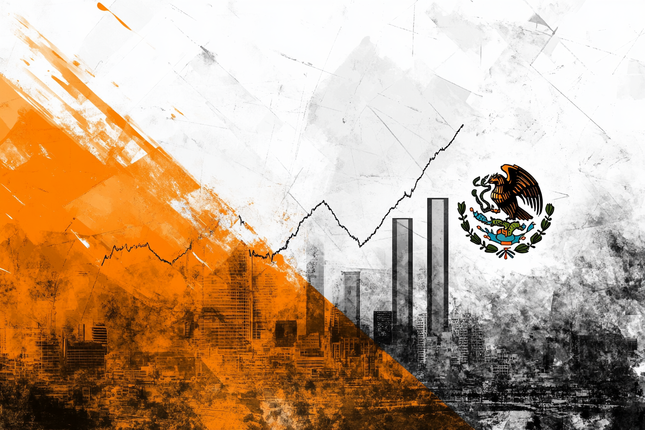Australian Dollar moves little as traders put eyes on US-China tariff situation
- The Australian Dollar struggles as risk-off sentiment intensifies due to escalating US-China trade tensions.
- China's Services PMI dropped to 51.0 in January from 52.2 in December, falling short of the expected 52.3.
- Fed’s Daly stated that the central bank remains in a wait-and-see stance, emphasizing the impact of economic data on policymaking.
The Australian Dollar (AUD) edges lower against the US Dollar (USD) amid an increased risk aversion following rising fears over US-China trade tensions. The AUD/USD pair failed to draw support from the improved Judo Bank Purchasing Managers Index (PMI) released on Wednesday.
Australia’s Judo Bank Composite PMI climbed to 51.1 in January from 50.2 in December, reflecting modest growth in private sector activity. Meanwhile, the Judo Bank Services PMI rose to 51.2 from 50.8, marking the twelfth consecutive month of expansion in the services sector. Although growth was moderate, it was the strongest since August.
The AUD may further depreciate amid the increased likelihood that the Reserve Bank of Australia (RBA) could consider a rate cut in February. The RBA has maintained the Official Cash Rate (OCR) at 4.35% since November 2023, emphasizing that inflation must “sustainably” return to its 2%-3% target range before any policy easing.
The Aussie Dollar faces challenges as market volatility remains a concern as investors closely watch the ongoing trade war between the United States (US) and China, Australia’s key trading partner. China retaliated against the new 10% US tariff that took effect on Tuesday. However, Trump stated on Monday afternoon that he would likely speak with China within the next 24 hours. He also warned, "If we can't reach a deal with China, the tariffs will be very, very substantial."
Australian Dollar remains under pressure amid increased risk aversion
- The US Dollar Index (DXY), which measures the US Dollar’s value against six major currencies, remains under downward pressure for the third successive day, trading around 108.00 at the time of writing. Meanwhile, traders brace for Friday’s US Nonfarm Payrolls (NFP) data, which is expected to shape the Federal Reserve’s (Fed) monetary policy direction.
- President Trump has agreed to a 30-day suspension of the proposed 25% tariffs on Canadian and Mexican imports. This decision comes after Canadian Prime Minister Justin Trudeau and Mexican President Claudia Sheinbaum committed to enhancing border security measures to address concerns over illegal immigration and drug trafficking.
- China’s Commerce Ministry announced that it will impose a 15% tariff on US coal and liquefied natural gas (LNG) imports, along with an additional 10% tariff on crude Oil, farm equipment, and certain automobiles. Additionally, to "safeguard national security interests," China is implementing export controls on tungsten, tellurium, ruthenium, molybdenum, and related products.
- According to the Financial Times, Chinese exporters are intensifying their efforts to offshore production in response to Trump’s tariffs. Manufacturers in China are accelerating plans to relocate production to other countries, including the Middle East, to avoid US tariffs. Other tactics being considered include passing the increased costs onto US consumers and exploring alternative markets.
- The White House announced late Monday that US President Donald Trump signed an executive order to initiate the creation of a government-owned investment fund, according to Reuters. This fund could allow the US to profit from TikTok if an American buyer is secured. TikTok has until early April to find an approved partner or purchaser. Trump is pushing for the US to acquire a 50% stake in the company.
- JOLTS Job Openings fell to 7.6 million in December, missing the 8 million consensus estimate. The US labor market remains stable with total separations little changed at 5.3 million in December.
- The CME FedWatch Tool projects an 86% chance that the Fed will keep rates unchanged at its March meeting.
- San Francisco Fed Bank President Mary Daly stated on Tuesday that the central bank remains in a wait-and-see stance, emphasizing the impact of economic uncertainty on policymaking. While the economy is performing well and maintaining momentum, uncertainty persists. As a result, the Fed has the flexibility to carefully assess data before making policy adjustments.
Technical Analysis: Australian Dollar breaks above nine-day EMA and descending channel
The AUD/USD pair trades near 0.6250 on Wednesday. Sustained price action above the descending channel pattern on the daily chart indicates a potential bullish shift. The 14-day Relative Strength Index (RSI) sits at the 50 level, reflecting neutral momentum. A sustained break above 50 on the RSI could confirm a stronger bullish trend.
On the upside, the AUD/USD pair could explore the area around its seven-week high at 0.6330 level, which was recorded on January 24.
The AUD/USD pair may find immediate support at the nine-day Exponential Moving Average (EMA) near 0.6240, followed by the upper boundary of the descending channel. A pullback to the channel would reinforce the bearish bias, potentially driving the pair toward the lower boundary of the descending channel around 0.6140.
AUD/USD: Daily Chart
Australian Dollar PRICE Today
The table below shows the percentage change of Australian Dollar (AUD) against listed major currencies today. Australian Dollar was the weakest against the Japanese Yen.
| USD | EUR | GBP | JPY | CAD | AUD | NZD | CHF | |
|---|---|---|---|---|---|---|---|---|
| USD | 0.08% | 0.17% | -0.55% | 0.16% | 0.15% | -0.09% | 0.08% | |
| EUR | -0.08% | 0.09% | -0.62% | 0.08% | 0.07% | -0.16% | 0.00% | |
| GBP | -0.17% | -0.09% | -0.71% | -0.01% | 0.00% | -0.24% | -0.08% | |
| JPY | 0.55% | 0.62% | 0.71% | 0.70% | 0.69% | 0.45% | 0.62% | |
| CAD | -0.16% | -0.08% | 0.00% | -0.70% | -0.01% | -0.23% | -0.08% | |
| AUD | -0.15% | -0.07% | -0.00% | -0.69% | 0.00% | -0.22% | -0.08% | |
| NZD | 0.09% | 0.16% | 0.24% | -0.45% | 0.23% | 0.22% | 0.16% | |
| CHF | -0.08% | -0.00% | 0.08% | -0.62% | 0.08% | 0.08% | -0.16% |
The heat map shows percentage changes of major currencies against each other. The base currency is picked from the left column, while the quote currency is picked from the top row. For example, if you pick the Australian Dollar from the left column and move along the horizontal line to the US Dollar, the percentage change displayed in the box will represent AUD (base)/USD (quote).
US-China Trade War FAQs
Generally speaking, a trade war is an economic conflict between two or more countries due to extreme protectionism on one end. It implies the creation of trade barriers, such as tariffs, which result in counter-barriers, escalating import costs, and hence the cost of living.
An economic conflict between the United States (US) and China began early in 2018, when President Donald Trump set trade barriers on China, claiming unfair commercial practices and intellectual property theft from the Asian giant. China took retaliatory action, imposing tariffs on multiple US goods, such as automobiles and soybeans. Tensions escalated until the two countries signed the US-China Phase One trade deal in January 2020. The agreement required structural reforms and other changes to China’s economic and trade regime and pretended to restore stability and trust between the two nations. However, the Coronavirus pandemic took the focus out of the conflict. Yet, it is worth mentioning that President Joe Biden, who took office after Trump, kept tariffs in place and even added some additional levies.
The return of Donald Trump to the White House as the 47th US President has sparked a fresh wave of tensions between the two countries. During the 2024 election campaign, Trump pledged to impose 60% tariffs on China once he returned to office, which he did on January 20, 2025. With Trump back, the US-China trade war is meant to resume where it was left, with tit-for-tat policies affecting the global economic landscape amid disruptions in global supply chains, resulting in a reduction in spending, particularly investment, and directly feeding into the Consumer Price Index inflation.
Forex News
Keep up with the financial markets, know what's happening and what is affecting the markets with our latest market updates. Analyze market movers, trends and build your trading strategies accordingly.
